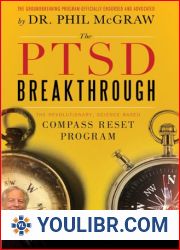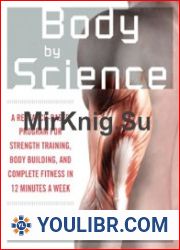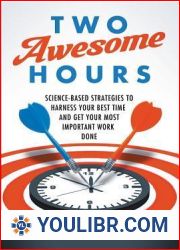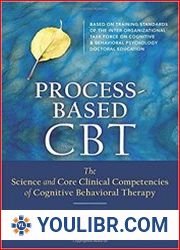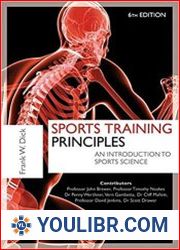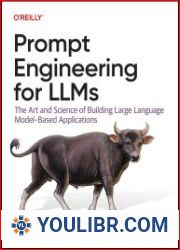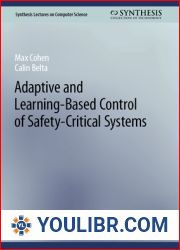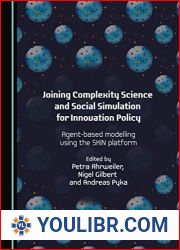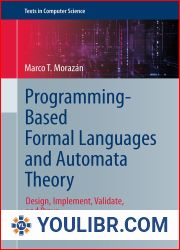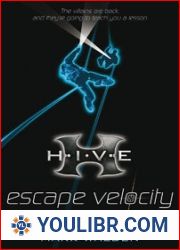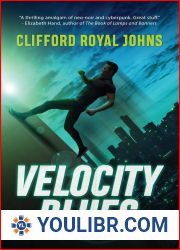
BOOKS - Velocity-Based Training How to Apply Science, Technology, and Data to Maximiz...

Velocity-Based Training How to Apply Science, Technology, and Data to Maximize Performance
Author: Nunzio Signore
Year: 2021
Format: EPUB
File size: 59,2 МБ
Language: ENG

Year: 2021
Format: EPUB
File size: 59,2 МБ
Language: ENG

Velocity-based training (VBT) is a methodology that combines science, technology, and data analysis to optimize performance in various fields such as sports, fitness, and business. The book provides a comprehensive guide to understanding the principles of VBT and its applications in different contexts. It emphasizes the importance of using technology and data to drive decision-making and improve outcomes. The book begins by exploring the concept of velocity and its role in athletic performance. It explains how velocity-based training can help athletes achieve their goals more efficiently and effectively. The authors then delve into the science behind VBT, discussing the physiological and biomechanical principles that govern human movement and performance. They also examine the role of technology in VBT, including wearable devices, sensors, and software programs that track and analyze athlete's movements. The book next examines the application of VBT in various sports, from team sports like soccer and basketball to individual sports like tennis and golf. It highlights the benefits of VBT for each sport, including improved speed, power, and endurance. The authors also discuss the challenges of implementing VBT in different cultures and how to overcome these challenges. The book also covers the use of VBT in fitness training, providing insights on how to design effective workouts that incorporate velocity-based training principles. It discusses the importance of proper nutrition and recovery strategies to optimize performance. Additionally, it explores the potential of VBT in rehabilitation settings, where it can be used to help patients recover from injuries and improve their overall health. Finally, the book looks at the future of VBT and its potential applications in emerging technologies such as artificial intelligence and virtual reality.
Velocity-based training (VBT) - это методология, объединяющая науку, технологии и анализ данных для оптимизации работы в различных областях, таких как спорт, фитнес и бизнес. Книга содержит исчерпывающее руководство по пониманию принципов VBT и его приложений в различных контекстах. В нем подчеркивается важность использования технологий и данных для принятия решений и улучшения результатов. Книга начинается с изучения понятия скорости и ее роли в спортивных результатах. В нем объясняется, как тренировки на основе скорости могут помочь спортсменам достичь своих целей более эффективно и результативно. Затем авторы углубляются в науку, лежащую в основе VBT, обсуждая физиологические и биомеханические принципы, которые управляют движением и производительностью человека. Они также изучают роль технологий в VBT, включая носимые устройства, датчики и программные программы, которые отслеживают и анализируют движения спортсмена. Далее в книге рассматривается применение VBT в различных видах спорта, от командных видов спорта, таких как футбол и баскетбол, до индивидуальных видов спорта, таких как теннис и гольф. Он подчеркивает преимущества VBT для каждого вида спорта, включая улучшенную скорость, мощность и выносливость. Авторы также обсуждают проблемы внедрения VBT в разных культурах и способы их преодоления. Книга также охватывает использование VBT в фитнес-тренировках, предоставляя информацию о том, как разрабатывать эффективные тренировки, которые включают принципы тренировок на основе скорости. В нем обсуждается важность правильного питания и стратегий восстановления для оптимизации работы. Кроме того, он исследует потенциал VBT в условиях реабилитации, где его можно использовать, чтобы помочь пациентам восстановиться после травм и улучшить их общее состояние здоровья. Наконец, книга рассматривает будущее VBT и его потенциальные применения в развивающихся технологиях, таких как искусственный интеллект и виртуальная реальность.
''











